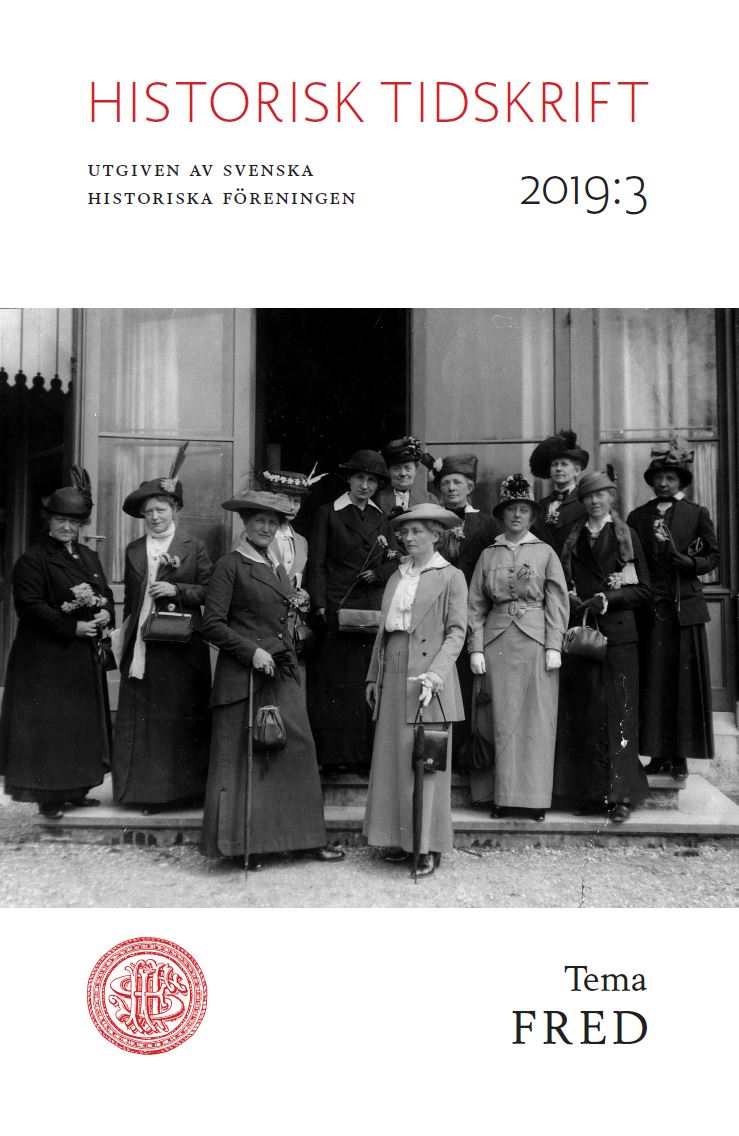Abstract
The harbingers of peace and mercy? Hugh Lenox Scott and US Army−Indian relations in Oklahoma in the 1890s
Three tense events involving the US Army and the Kiowa, Comanche and Apache nations in Oklahoma in the decades after the end of the Great Plains Wars seemed destined to end in violence: The Ghost Dance in 1890−91, the death of three Kiowa boys in a blizzard in 1891 and the transfer of Geronimo and around three hundred Chiricahua Apache Indians to Oklahoma in 1895. In all of these events a US Cavalry officer, Hugh Lenox Scott, played a key role as a soldier-diplomat. Through his linguistic skills and inter-cultural competence, Scott, assisted by Iseeo, a Kiowa army scout and close friend of Scott’s, managed to prevent the three situations from erupting in violence. These outcomes are in stark contrast to what happened around the same time in the Northern Plains, where violence erupted on several occasions, most conspicuously at Wounded Knee in December 1890, when US troops killed between 150 and 200 Lakota Indians.
The purpose of this micro historical study is to highlight how the military, in concrete action, could promote peace and development in their dealings with American Indians and to explore the significance of personal relations, tolerance and trust for the maintenance of peace. These factors were crucial for the more peaceful development on the Southern Plains compared with in the north. In promoting peace, moreover, Scott not only acted as a diplomat in relation to the Indians; he also successfully advised his superior commanders not to send troops into the field in order to uphold order and quell any possible unrest. Such deployment of troops, Scott was convinced, was like putting a keg of gunpowder in front of an open fire and risked sparking uncontrolled and lethal violence between the soldiers and the Indians, to the detriment of the latter, as happened at Wounded Knee.
Based on his long service as a soldier-diplomat, Scott later in life developed a general theory about the military as a peacemaking institution. According to Scott, it was politicians and the people who made war and the task of the military was to conquer the peace. His styling of the US soldier as the ”harbinger of peace and mercy”, however, depended on Scott ignoring the many instances when the US military had failed to maintain peace and order, both in relation to the American Indians and in colonies overseas.

